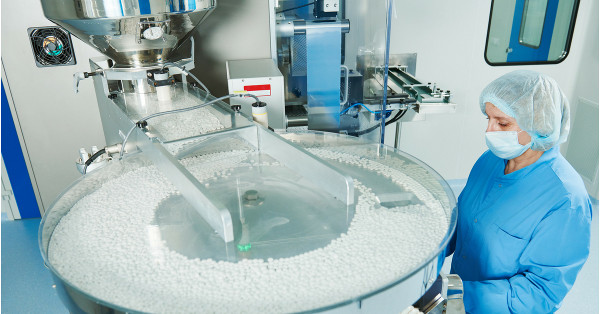Batch changeovers are an essential part of many manufacturing facilities. They also represent a loss of productivity, however. After all, when you are changing batches, you are not producing products.
This is amplified further in pharmaceutical manufacturing facilities where the batch changeover and batch control processes are subject to regulations.
So, how do you reduce batch changeover time? Let’s first define what it is.
What is Batch Changeover Time?
Batch changeover time is the period of time between the manufacture of the last good part in the current batch to the first good part in the new batch.
In other words, it is the time it takes you to physically make the batch change on each machine before visually checking the machine and making a manual record.
The Traditional Manufacturing Approach to Improving Batch Changeover Times
Improving batch changeovers times has been an objective of manufacturing facilities for decades. Often it involves initiatives such as:
- Ensuring everyone on the production line understands their role and is accountable
- Applying efficient processes and practices such as getting parts/materials ready for the new batch before the changeover process begins, i.e. during the current batch
- Optimising the process so there is as little physical movement or waiting as possible
- Implementing technical improvements such as installing quick release mechanisms on equipment, modularising equipment, and ensuring as few adjustments are required as possible.
Much of the above is captured in a lean production method called Single-Minute Exchange of Die (SMED). It was developed by Shigeo Shingo, a former employee of Toyota who was involved in a production system aimed at reducing the car company’s batch changeover process.
Single-Minute Exchange of Die refers to achieving a batch changeover process counted in single digits, i.e. nine minutes or less. The method involves taking seven steps which incorporate many of the above techniques.
This was in the 80s, however, when the technologies we have today didn’t exist. Primarily, technologies that make automation not only possible but viable and, in many cases (such as pharmaceuticals manufacturing), essential.
The Way Forward is Automation
Automating batch changeovers delivers significant returns on investment. Not only that, automated batch changeovers are the future of modern manufacturing, particularly in high-quality, high-precision, and highly regulated industries.
The pharmaceutical industry is an ideal example. It is a highly competitive industry as well as being subject to strict regulations. Compliance with those regulations involves accurate record-keeping to give you full batch traceability.
Therefore, a manual/SMED approach to reducing batch changeover times will only take you so far. In fact, because of data logging and traceability requirements, it is unlikely to be possible to achieve anything close single-digit batch changeover times without automation.
So, while automation can improve batch changeover times in all sectors and industries, the benefits for regulated industries like pharmaceutical manufacturing are substantial.
In fact, improvements of over an hour to a few minutes are common.
Benefits of Reducing Batch Changeover Times Through Automation
- Production lines become more productive
- Improves OEE (Overall Equipment Effectiveness)
- Can also improve TEEP (Total Effective Equipment Performance) and OOE (Overall Operations Effectiveness)
- Makes compliance more efficient and effective
- Reduces traceability errors
- Improves quality as you will have fewer defects caused by incorrect adjustments
- Gives you more flexibility to, for example, reduce batch sizes
- You also have the flexibility to make other decisions that help the business overall such as reducing inventory levels
- Helps sales team as they can often offer reduced lead times
- Improves customer satisfaction
To stay competitive, you no longer have the time it takes to go through a manual batch changeover process. The solution is automation.


Comments are closed.